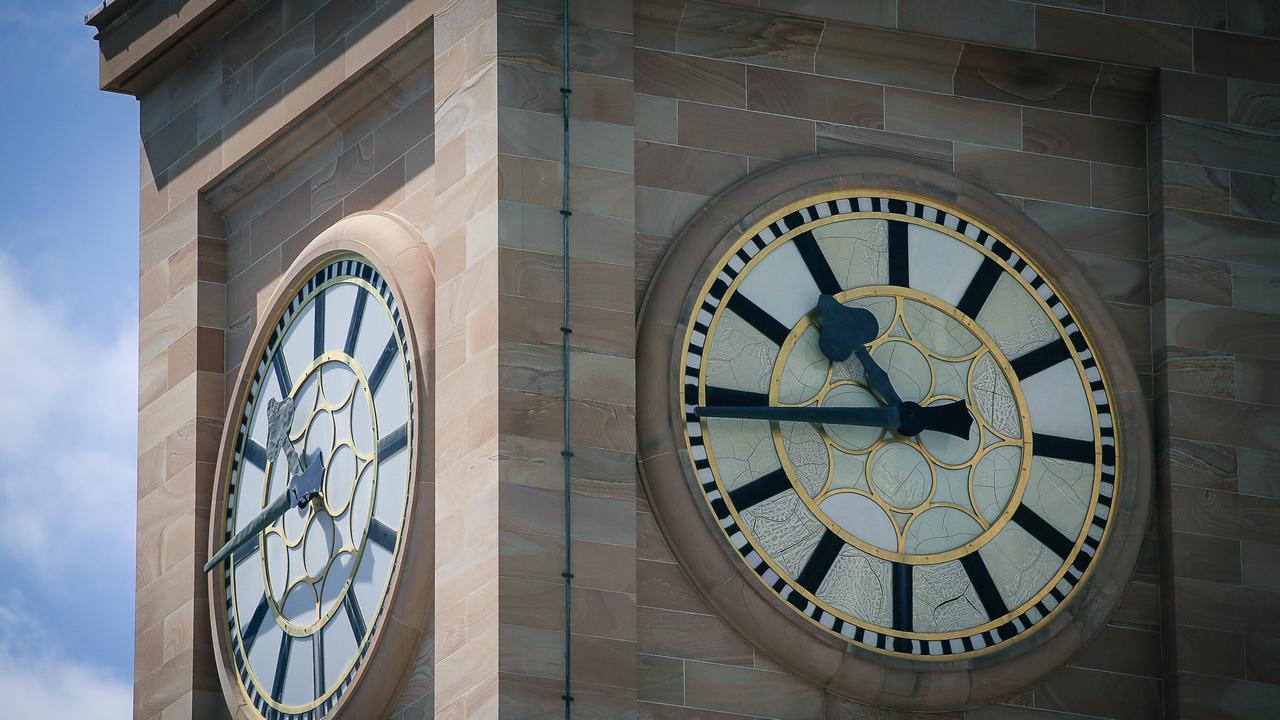Some people love it while others hate it but it’s officially time to turn back the clocks as daylight saving comes to an end once again.
Daylight saving comes to an end every year on the first weekend of April, with Sunday April 7 as this year’s date to wind back the clocks.
When does daylight saving end?
Daylight saving will finish on Sunday, April 7 at 3am local time.
It won’t return until 2am on Sunday, October 6.
Which parts of the country will be affected?
Residents in Victoria, NSW, the Australian Capital Territory, Tasmania and South Australia will need to wind their clocks back one hour to 2am on April 7.
This means that those awake at 3am clocks can adjust their clocks there and then or make sure they’re doing it before heading to bed so they don’t miss their morning alarm.
The good news is the hour change will means millions of Aussies will now be getting an extra hour of shut-eye.
Queensland, the Northern Territory or Western Australia aren’t impacted by the end of daylight saving, as these regions do not observe change in hour.
What will the new time differences be between states and territories?
Time zones won’t be all over the place from April 7, as two of the five time zones getting cut as winter looms.
From April 7, NSW, Victoria, the Australian Capital Territory, Tasmania and Queensland will all be on Australian Eastern Standard Time (AEST).
The Northern Territory and South Australia will all be half an hour behind on Australian Central Standard Time (ACST).
The outback NSW town of Broken Hill also observes ACST time because of it’s remoteness.
Western Australia will be a full two hours behind the AEST states and territories on Australian Western Standard Time (AWST).
